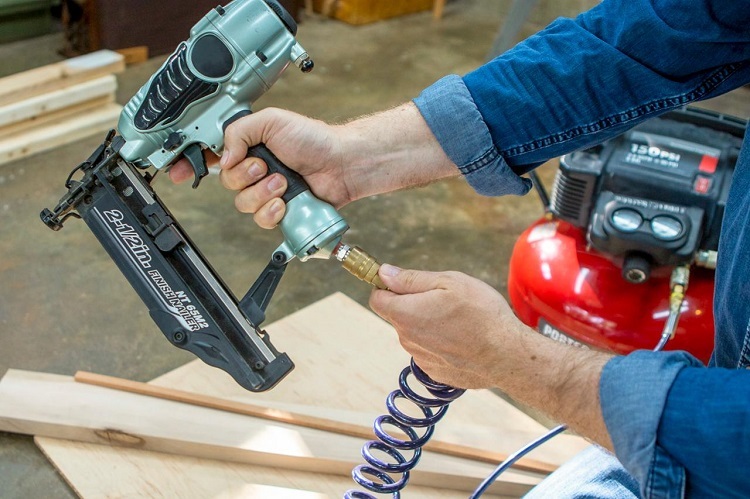The Complete Guide to Pneumatic Power
We deal with many different things on a daily basis, and we encounter many different things, that we don’t fully understand but nevertheless take for granted. For instance have you ever thought about how a CD works? Most people tend not to – they just put it in and don’t worry about the rest (in case you’re wondering it works by reflecting light and when you burn a CD it makes minute dents in the surface which increases the amount of time that it takes the light to bounce back allowing for a morse-code like encryption.
Another thing we often encounter but don’t understand is pneumatic power. We encounter this in all kinds of forms from something like a pneumatic drill, to something as every-day as our brake pads, but how is this actually working? Here we ‘ll look at answering that question.
Pressure
The way that pneumatic power works is via pressure – and it’s a build up specifically of air pressure which then drives the machinery. To understand this then you need to understand the basics of pressure in general.
Essentially the amount of pressure in any given space is dictated by the number of particles and how densely packed they are. If you have a very small enclosed space then that’s full of air (air is made of particles as well of course) then this will mean that the pressure is high, but if you have a larger space with the same amount of particles, or you just take some of those particles away, then the press will be lower. You can’t see the air in the container, but imagine that it’s like lots of people packed into a lift.
Now the rule to remember with pressure is ‘equalization’ which is to say that the particles will always want to spread out across an area evenly. So if you were to open that box of air into a bigger room, it would then spread out completely equally across the space – the same way that water spreads out to form a puddle if you pour it on a surface rather than ‘piling up’ or huddling in the middle.
This then means that air from a high pressure area is always going to rush to fill a lower pressure area. For instance then if you have a small box filled with a lot of air and you open it into a big room, that air will then be sucked out to spread into the room evenly (which is why it’s so serious if you have a breach on an aircraft). Likewise though, if you pumped more air into a box, then it would try harder and harder to escape into the surrounding area of low pressure – which is why a balloon explodes when you keep using it.
Application
When you use a screw compressor then, a pneumatic drill, or your brakes, the way this works is by filling air tightly into a narrow tube and adding more in order to ‘push’ the rest along into the area of lower pressure. This then is can be enough to power a drill or to squeeze your breaks that are attached right at the end.
The above guest post is written by James Stuart who is a home improvement blogger and shares all tips and ideas on home improvement and maintenance through guest posts.

